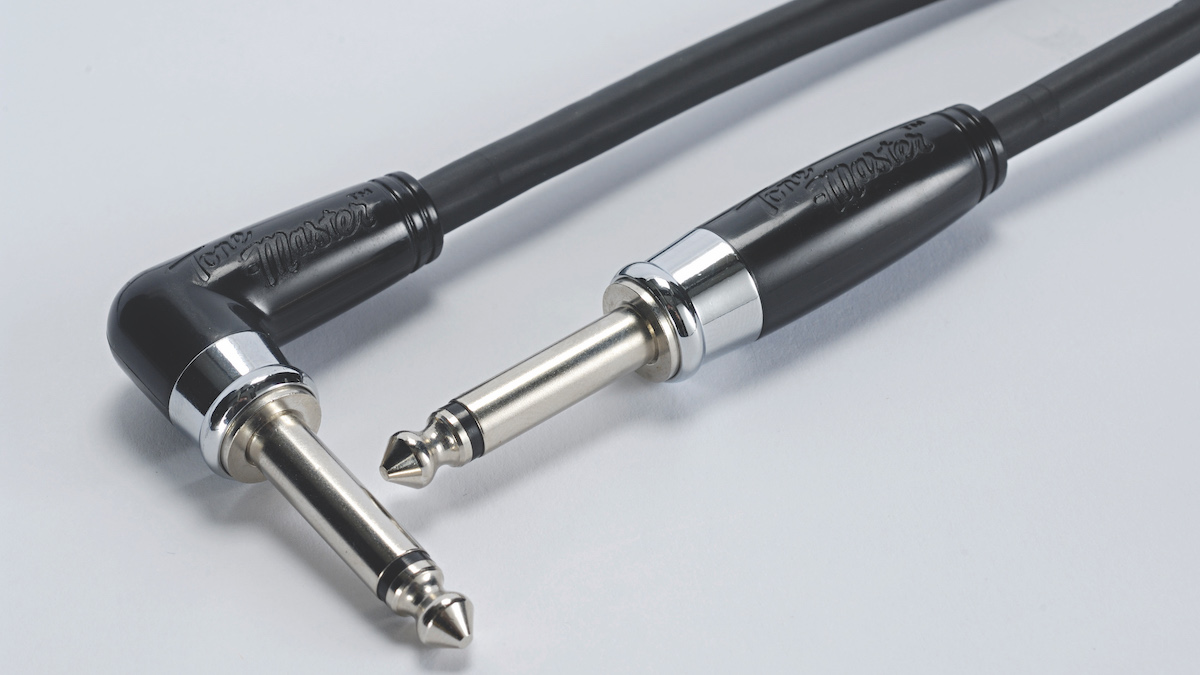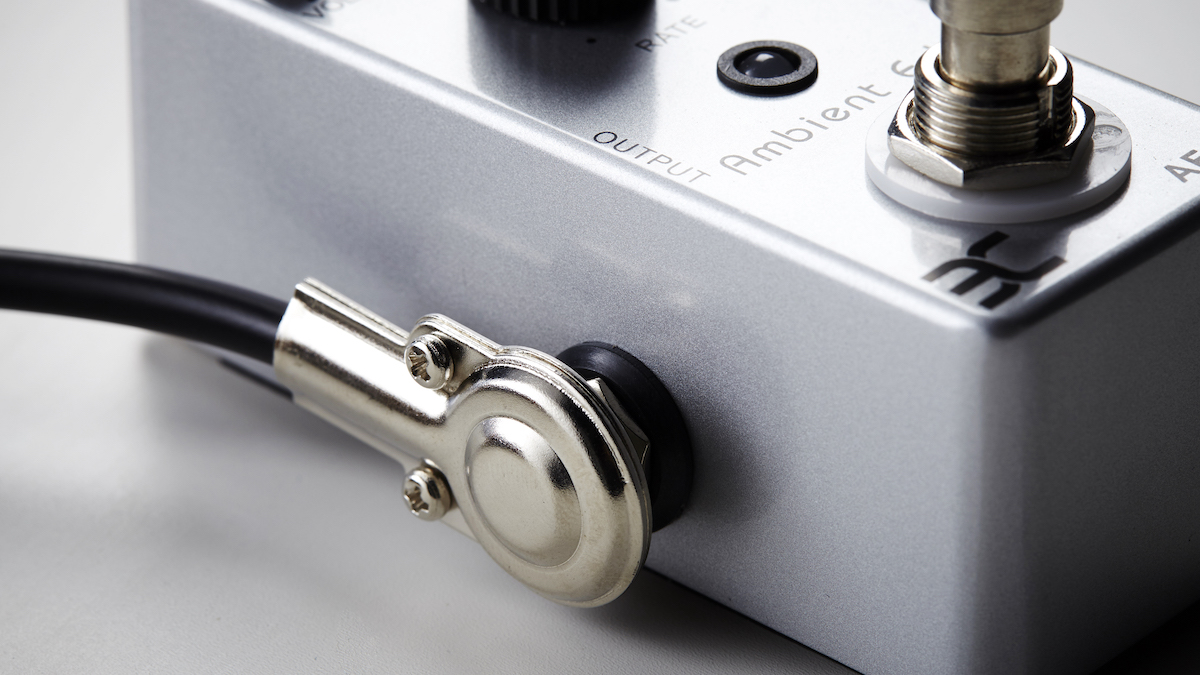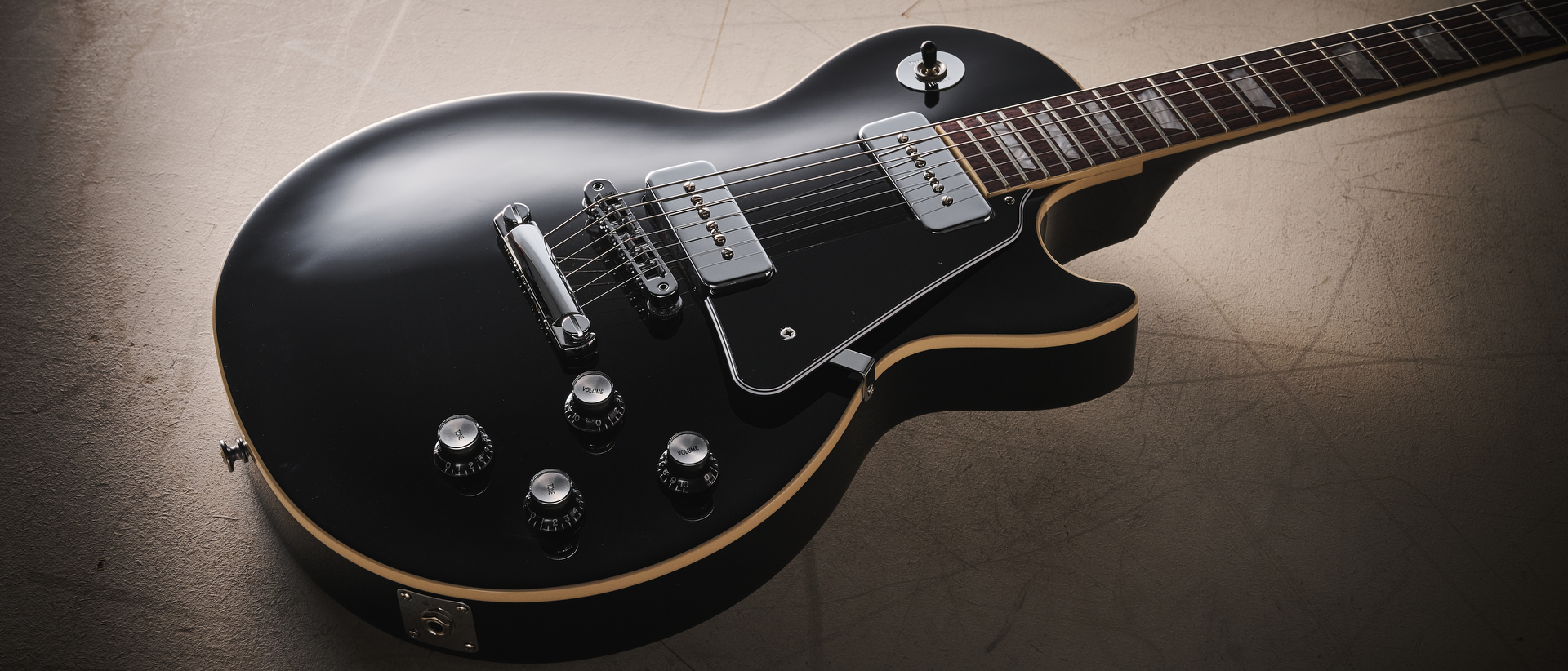Everything you need to know about guitar cables – from what they’re made of to how they work
Get to know the science behind your guitar cables’ operation and the additional factors that can have an impact on cable performance

As electric guitarists, we all know that guitar cables are an essential part of our rig. We plug one end into our guitar, the other end into an amp or pedal, and we’re off – but how do guitar cables actually work?
In the simplest terms, a guitar cable carries the signal produced by the guitar’s pickups to wherever it needs to be. The signal produced by (passive) pickups is quite weak; it’s a low DC current with a small voltage. This then passes through the cable and is eventually amplified by your amp, and the signal is heard through the speaker.
You might also hear guitar cables being referred to as leads, or cords – but all these terms are interchangeable.
In this piece we’re going to look at everything from the materials most cables are made of, exactly how they work, plus explore how factors such as capacitance and cable length can have an impact on cable performance.
What are guitar cables made from?
Most guitar cables are constructed using a copper core – you might see other high-conductivity materials being used here, such as gold, but copper is most common – as the aim is to transfer the signal from one end to the other. Next up is an insulating layer, then a wire-braided shield to help prevent external interference. Finally, cables have a durable, but flexible outer jacket.
Guitar cables are unbalanced – that means that only one copy of your signal is passing through it. This is opposed to a balanced cable which carries your signal alongside an inverted version of it – this helps cancel out any extraneous noise it picks up along the way.
As a result of our guitar cables being unbalanced, things like fluorescent lights, mobile phones and other electronic equipment can interfere and cause a slight hum or unwanted noise, which is then of course amplified by our guitar amp. This is why shielding is such an important part of a cable. High-quality cables may boast multiple layers of shielding to ensure this unwanted noise is kept to an absolute minimum. They may also have different materials for the outer jacket to ensure longevity and durability.
Jack plugs

At either end of the cable is a 1/4” jack connector plug. These are connected to the copper core and are the part of the cable that connects to your equipment. They’re often made from steel or brass and coated in gold or nickel.
Whilst you might look at ‘gold-plated’ and instantly think that they will sound better, it’s worth noting that they don’t really make a difference. Gold is used because it doesn’t corrode – that said, so little gold is actually used that it can wear off over time. Nickel, on the other hand, is tougher.
In our experience, if the jack plug looks like it’s thin and won’t withstand a great deal of wear and tear, then it probably won’t! Guitar cables are available with straight jacks or angled jacks, which can be better suited to particular guitars or pedals.
Capacitance
If you’ve been looking around at different guitar cables, you might have noticed the word ‘capacitance’ being knocked around. Without getting too technical, all guitar cables hold some level of electrical charge as they are essentially just a really long capacitor, going from the pickup in your guitar to wherever you’re sending it. A higher capacitance means that it can hold more charge.
With guitar cables, we don’t want there to be lots of electrical charge present – we want the signal to flow smoothly from one place to another. Capacitance actually has an impact on the sound you hear from your amp, too. Higher capacitance cables will mean that your top-end frequencies are gradually rolled off, resulting in a darker, less trebly tone. Conversely, low capacitance cables will mean that that treble roll-off is lessened and you’ll get a brighter sound.
Cable length
The effect of cable length on your tone is very much related to capacitance. Regardless of how low-capacitance your cables are, you’ll still get more capacitance the longer your cable is. Many claim that you can start hearing a difference with a regular, good-quality (but not amazing) cable around 15-18ft. At this point, what you’ll hear will be very subtle, but the longer the cable is, the more those treble frequencies will start to disappear.
That’s one of the reasons some players try and choose the shortest cable they can get away with. Another workaround is to use a buffer pedal. These help combat the top-end roll-off you experience with long cable runs by enhancing the signal. If you’re using a complex pedalboard then you can play around with the buffer’s placement to see where it works best.
There are players out there that use the treble-taming properties of longer cables to their advantage though. If you’ve got a really bright guitar and amp, then a long cable with higher capacitance could work to your advantage, cutting out the frequencies you don’t want and focusing on the ones you do.
Patch cables

If you’re building a pedalboard, then you’ll likely want a number of small guitar cables to connect your pedals to one another. These are called patch cables.
They are designed exactly for this purpose and mean that you don’t have huge lengths of cable running between your pedals – this would result in both increased capacitance and an unholy mess!
When investing in cables for your ‘board, it’s worth opting for the best quality ones you can afford. Using a bunch of cheap cables between multiple pedals could potentially mean that you’re gradually sucking the tone from your signal between each pedal.
The jack plugs are especially worth considering on patch cables too – if space is at a premium, then you might want flat, or ‘pancake’ plugs, as these let you fit your pedals closer together.
Final thoughts
In general, it’s worth buying good quality guitar cables. While they won’t add anything to your tone (despite some marketing claiming that they will), bad cables can take away from it.
Cheap, poorly designed cables can be really susceptible to interference, and might even make noise as you move them along the floor – not ideal if you’re active on stage! Also, if you’ve invested carefully in your guitar, amp and pedals, then it’s worth paying a bit extra to make sure they’re properly connected and can be heard as intended.
Quality guitar cables might not be the most exciting things to spend your money on, but they’re definitely worth it. Plus, the old saying ‘buy cheap, buy twice’ is incredibly relevant here!
All the latest guitar news, interviews, lessons, reviews, deals and more, direct to your inbox!
After spending a decade in music retail, I’m now a freelance writer for Guitar World, MusicRadar, Guitar Player and Reverb, specialising in electric and acoustic guitars, bass, and almost anything else you can make a tune with. When my head’s not buried in the best of modern and vintage gear, I run a small company helping musicians with songwriting, production and performance, and I play bass in an alt-rock band.

